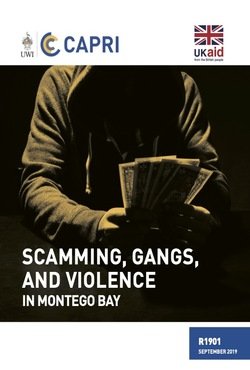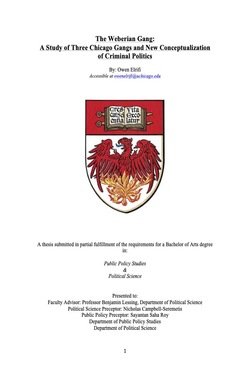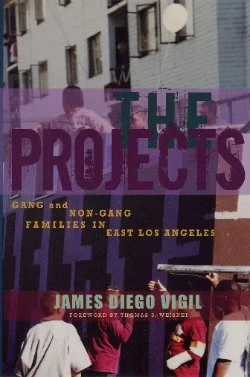By Josh Rovner
The Sentencing Project, in its national survey of life and virtual life sentences in the United States found 1,465 people serving JLWOP sentences at the start of 2020. This number reflects a 38% drop in the population of people serving JLWOP since our 2016 count and a 44% drop since the peak count of JLWOP figures in 2012.1 This count continues to decline as more states eliminate JLWOP. In five decisions – Roper v. Simmons (2005), Graham v. Florida (2010), Miller v. Alabama (2012), Montgomery v. Louisiana (2016), and Jones v. Mississippi (2021) – the Supreme Court of the United States establishes and upholds the fact that “children are constitutionally different from adults in their levels of culpability”2 when it comes to sentencing. Differences in maturity and accountability informs the protections of the Eighth Amendment’s prohibition on cruel and unusual punishment that limits sentencing a child to die in prison. Research on adolescent brain development confirms the commonsense understanding that children are different from adults in ways that are critical to identifying age-appropriate criminal sentences. This understanding – Supreme Court Justice Anthony Kennedy called it what “any parent knows”3 – was central to the recent Supreme Court decisions excluding people under 18 from the harshest sentencing practices. Starting in 2005, Roper struck down the death penalty for people under 18…...
Washington DC: The Sentencing Project, 2023. 6p.





















